In today’s competitive digital landscape, mastering advanced on-page SEO techniques is crucial for standing out and driving organic traffic. We’re diving deep into proven strategies that go beyond the basics, ensuring your content not only ranks higher in search results but also resonates with your target audience and drives meaningful engagement.
From understanding the intricacies of user experience to leveraging the latest schema markup, we’ve got the actionable insights you need to elevate your SEO game. We’ll cover a range of advanced techniques including content optimization, technical SEO improvements, and strategic link building. Let’s unlock the full potential of your website together, one page at a time, and watch your organic traffic and conversions soar.
Key Takeaways
Before we dive into the details, here are the essential points you’ll learn about advanced on-page SEO:
- On-page SEO is essential for enhancing visibility and leads to higher search rankings by optimizing webpage elements such as keywords, metadata, and content quality.
- Improving user experience (UX) boosts SEO rankings by focusing on factors like page speed, mobile optimization, intuitive navigation, content readability, accessibility, and the use of interactive elements.
- Leveraging schema markup enhances your webpage’s appearance in search results with rich snippets, increasing click-through rates by providing more detailed information directly in SERPs.
- Optimizing page load speed is key to improving both SEO and user experience, involving techniques such as image optimization, reducing HTTP requests, leveraging browser caching, choosing the right hosting, and utilizing CDNs.
- Utilizing structured data improves content visibility in search results by enabling search engines to better understand, categorize, and index web pages, which amplifies the effectiveness of on-page SEO efforts.
- Creating high-quality, original content that addresses user intent and provides unique value is crucial for standing out in search results and earning backlinks.
- Implementing advanced keyword research techniques, including targeting long-tail keywords and leveraging user-generated content, can uncover valuable ranking opportunities.
Understanding the Importance of On-Page SEO
On-page SEO is crucial for success in the digital arena. It’s the backbone of our SEO strategy and a key factor in determining search engine rankings. Every element on a webpage can be optimized to improve visibility and relevance. Keywords, metadata, content quality, and user experience signals all play a pivotal role in how search engines evaluate and rank your pages.
These elements help search engines understand our page’s context and relevance to specific queries. Optimized pages rank higher, driving more targeted organic traffic. We don’t just focus on search engines, though. On-page SEO also significantly enhances user experience, which is increasingly important for rankings. A well-structured, informative page keeps visitors engaged longer, reducing bounce rates and increasing dwell time – both positive signals to search engines. By aligning our content with user intent and providing comprehensive, valuable information, we create a win-win situation for both users and search algorithms.
By implementing advanced on-page SEO techniques, we ensure our content is both discoverable and valuable. This approach leads to higher organic search rankings across a wider range of relevant keywords. Higher rankings mean more visibility in search results, including potential features like featured snippets or People Also Ask boxes. More visibility translates into increased traffic, leads, and conversions. Moreover, by focusing on creating truly helpful, comprehensive content, we’re not just chasing rankings – we’re building authority in our niche and fostering long-term audience engagement.
Remember, SEO is an ongoing process, not a one-time task. We continually analyze our performance using tools like Google Search Console and Google Analytics, and refine our strategy based on data-driven insights. It’s about staying ahead in a constantly evolving digital landscape, adapting to algorithm updates, and anticipating changes in user behavior. On-page SEO isn’t just about following a static checklist – it’s about creating a dynamic, user-centric approach that evolves with your audience’s needs and search engine best practices.
It’s about deeply understanding the intent behind user searches and creating content that comprehensively addresses those needs. This ensures we’re not just visible, but also highly relevant and valuable to our target audience. Relevance is key to conversion, but it’s also crucial for maintaining high rankings in an era where user satisfaction metrics significantly influence search results. Our goal is to meet users’ needs more effectively than anyone else, providing in-depth, authoritative content that answers not just the initial query, but also related questions users might have. This approach not only satisfies search engines but also builds trust and authority with our audience.
That’s why mastering on-page SEO is non-negotiable. It’s the foundation on which we build our digital presence and a key factor in establishing topical authority in our niche. Without it, even the best content may remain unseen. But with advanced on-page SEO techniques, we can ensure our content not only ranks well but also provides genuine value to our audience. This includes optimizing for featured snippets, leveraging schema markup for rich results, and creating comprehensive content hubs that showcase our expertise and keep users engaged with our site longer.
Enhancing User Experience for Better Rankings
Improving user experience (UX) is essential for boosting SEO rankings and driving meaningful engagement. We recognize that search engines like Google prioritize websites that offer value and a smooth user journey, as evidenced by the introduction of Core Web Vitals as ranking factors. Speed is a critical factor; a fast-loading site keeps users engaged and reduces bounce rates. We ensure our pages load in under two seconds, as 40% of visitors will leave if loading takes longer. But speed is just one aspect of UX. We also focus on creating intuitive navigation structures, ensuring mobile responsiveness, and designing clear, visually appealing layouts that guide users to the information they need.
Another vital aspect of enhancing UX is mobile optimization. With over 50% of global traffic coming from mobile devices, our site is designed to be mobile-first, not just mobile-friendly. This means implementing responsive design that adapts seamlessly to different screen sizes, ensuring easy navigation, using readable fonts, optimizing images for faster loading on mobile networks, and providing quick access to information for users on the go. We also consider mobile-specific user behaviors, such as voice search and local queries, in our content and SEO strategy.
Clear and intuitive navigation also plays a significant role in user experience and SEO performance. We structure our site with a logical hierarchy, use breadcrumbs to help users trace their steps, and implement schema markup to help search engines understand our site structure. Accurate and strategic internal linking connects related content, encouraging deeper engagement and longer site visits. We also focus on creating topic clusters and pillar pages to establish topical authority and provide comprehensive coverage of our key subjects. This not only improves user experience by making it easy to find related information, but also sends strong relevance signals to search engines.
Content readability and engagement cannot be overstressed in advanced SEO. We use a combination of short paragraphs, clear headings, bullet points, and strategic use of white space to make information digestible and easy to scan. Incorporating diverse multimedia elements like high-quality images, infographics, videos, and interactive content not only breaks up text but also adds significant value and increases dwell time. We also focus on creating 10x content – content that’s ten times better than anything else ranking for our target keywords. This involves comprehensive coverage of topics, original research or data, and unique insights that can’t be found elsewhere. Our aim is always to create content that is not just easily scanned and understood, but that also provides exceptional value and encourages sharing and linking.
Accessibility is another cornerstone of advanced on-page SEO and user experience. We design with all users in mind, ensuring our site is usable for people with disabilities and compliant with Web Content Accessibility Guidelines (WCAG). This includes using descriptive alt text for images, ensuring sufficient color contrast ratios for readability, implementing proper heading structures for screen readers, providing transcripts for audio and video content, and using ARIA labels where necessary. Accessibility not only makes our content available to a wider audience but also aligns with search engines’ goal of providing the best possible results for all users. Moreover, many accessibility best practices, like clear site structure and descriptive link text, directly benefit SEO.
Interactive elements, when used strategically, can significantly enhance UX and boost important engagement metrics. Tools like calculators, interactive charts, polls, quizzes, and dynamic infographics not only engage users more deeply with the content but also encourage longer page visits and repeat traffic. These elements can also serve as link magnets, attracting backlinks from other sites in your industry. However, it’s crucial these features are implemented using modern web technologies that don’t detract from the site’s performance or Core Web Vitals scores. We carefully balance the engagement benefits of interactive elements with their impact on page load times and overall site speed.
By focusing on these advanced techniques, we’re not just looking to rank higher – we’re aiming to dominate our niche and become the go-to resource for our target audience. We’re committed to providing an exceptional user experience, knowing that satisfied users are more likely to return, share, and convert. This user-centric approach aligns perfectly with search engines’ goals and often results in additional SEO benefits like increased organic brand mentions, natural link acquisition, and improved engagement metrics. By consistently delivering value and optimizing for both users and search engines, we create a virtuous cycle of improved rankings, increased traffic, and growing brand authority.
Leveraging Schema Markup for Rich Results
In today’s competitive digital space, leveraging schema markup is not just beneficial; it’s essential for advanced SEO. Schema markup is a powerful form of structured data that helps search engines understand the context and relationships within your content. When added to a webpage, it creates an enhanced description called a rich snippet, which appears in search results. Rich snippets stand out more to users, often leading to a higher click-through rate. But the benefits go beyond just CTR – schema markup can help your content appear in featured snippets, knowledge panels, and other SERP features, significantly increasing your visibility. Moreover, as search engines move towards understanding entities and relationships, schema markup plays a crucial role in helping your content align with these advanced indexing capabilities.
We understand how critical it is to stand out in search engine result pages (SERPs), especially as they become increasingly competitive and diverse. By implementing schema markup, we can provide search engines with precise, structured information about the content of our pages. This clarity is key to achieving better visibility and can help our content qualify for enhanced SERP features. For instance, if you’re running an e-commerce site, schema can detail product information like price, availability, and review ratings directly in the SERPs. For content-heavy sites, we can use Article, FAQ, or HowTo schema to provide rich results that capture more SERP real estate. We also leverage more advanced schema types like Dataset for original research, SpeakableSpecification for voice search optimization, and VideoObject for video content, ensuring our pages are optimized for diverse search experiences.
There’s a wide variety of schema types — from articles and local businesses to events and products. Choosing the right schema type is crucial for our content’s effectiveness and requires a strategic approach. We analyze our content and business goals to identify the most impactful schema types for each page. For example, we might use Review schema for testimonial pages, Event schema for upcoming webinars, and FAQPage schema for our help center. Implementing schema markup can seem daunting at first, but with practice and the right tools, it becomes a powerful part of our SEO toolkit. We use Google’s Rich Results Test and Schema Markup Validator (replacing the older Structured Data Testing Tool) to validate our markup and preview how it might appear in search results. These tools ensure we’re on the right track for enhancing our site’s visibility and help us troubleshoot any issues quickly.
Moreover, reports from Google Search Console offer invaluable insights into how our rich snippets perform over time. We closely monitor metrics like impressions, clicks, and click-through rates for pages with schema markup, comparing them to pages without markup to quantify the impact. This data drives our ongoing optimization efforts, helping us identify which schema types are most effective for our content and audience. We maintain a proactive approach, regularly updating and refining our schema markup as content on our site evolves and as search engine algorithms change. This includes staying informed about new schema types and SERP features, and being ready to implement them quickly when relevant to our content.
Every piece of content we create is a strategic step towards better SERP visibility and user engagement. With schema markup, we’re not just aiming for visibility – we’re striving for standout visibility that captures attention and drives action. This approach is about making it easier for our audience to find the exact information they need, when they need it. And equally, it’s about making it simpler for search engines to understand, categorize, and favor our content in their rankings. By consistently implementing and refining our schema strategy, we’re not only improving our current SERP performance but also future-proofing our content for emerging search technologies like voice search and AI-driven results. This forward-thinking approach ensures we’re always at the forefront of search visibility, ready to capture traffic from wherever and however users are searching.
Optimizing Page Load Speed for Better Performance
We understand that page load speed is a crucial factor for not only SEO but also for enhancing user experience and driving conversions. Search engines, especially Google, prioritize websites that load faster, as this significantly improves the online experience for users. In fact, page speed is now a ranking factor for both mobile and desktop searches, and it’s a key component of Core Web Vitals – Google’s metrics for measuring user experience. A one-second delay in page load time can result in a 7% reduction in conversions, making speed optimization critical for both SEO and business success. Hence, we’re diving into advanced methods to boost your site’s loading speed and optimize for Core Web Vitals.
One of the first steps we take is image optimization. Large images can dramatically slow down page speeds and negatively impact Core Web Vitals scores. We employ a multi-faceted approach to image optimization:
- Compressing images to reduce file size without noticeably affecting quality
- Using next-generation formats like WebP and AVIF, which offer superior compression and quality characteristics
- Implementing lazy loading to defer the loading of off-screen images
- Serving responsive images to ensure the right size image is delivered based on the user’s device
- Utilizing Content Delivery Networks (CDNs) to serve images from servers geographically closer to the user
By combining these techniques, we ensure high-quality visuals at a fraction of the file size, significantly improving load times and Core Web Vitals metrics like Largest Contentful Paint (LCP).
We also focus on minimizing HTTP requests. Each piece of your webpage requires a separate HTTP request, so more components mean longer to load. Simplifying your site’s design can reduce these requests, speeding up the site.
Leveraging browser caching is another technique we swear by. It allows browsers to store key elements of your site in local storage, reducing loading time for repeat visitors. This involves modifying your site’s headers to set appropriate cache-control directives.
We can’t overlook the importance of choosing the right hosting solution. A fast and reliable web host is the backbone of a speedy website. Upgrading to a better hosting plan can often have an immediate impact on site speed.
Lastly, utilizing Content Delivery Networks (CDNs) is a game-changer. CDNs distribute your site’s content across servers worldwide, ensuring that users load your website from a server that’s closest to them, significantly cutting down load times.
By implementing these strategies, we’re equipping your website to perform better, not just in search engine rankings, but in providing a smooth and pleasant experience for every visitor.
Using Structured Data for Enhanced Visibility
In the realm of advanced on-page SEO techniques, leveraging the power of structured data cannot be overstated. Structured data allows search engines to not only crawl but also understand our web pages better. By implementing structured data, we enable search engines to categorize and index our content more effectively. This, in turn, enhances our visibility in search results.
Structured data refers to any data that is organized and formatted in a way that search engines can understand. It includes formats like JSON-LD, Microdata, and RDFa. We’ve found JSON-LD to be particularly beneficial due to its simplicity and ease of implementation. With structured data, we can create rich snippets that stand out in search results, significantly increasing click-through rates.
These rich snippets can include information like product prices, star ratings, author names, and event times. They make our listings more appealing and informative at a glance. Rich snippets are not just visually appealing; they’re a direct line to our audience, offering them the answers they need quickly.
For every piece of content we create, we consider how structured data can be applied to make it more accessible to both search engines and users. This involves using the correct schemas from Schema.org, a collaborative community activity with a mission to create, maintain, and promote schemas for structured data. By following their standardized formats, we ensure that our structured data speaks the same language as the search engines, making our content more discoverable.
Applying structured data is a meticulous process, but the rewards in search engine visibility and user engagement are well worth the effort. Every time we enhance our pages with structured data, we’re not just optimizing for search engines; we’re ensuring a better, more informative experience for our users.
Conclusion
We’ve navigated through the intricate world of advanced on-page SEO techniques, underscoring the undeniable value they bring to enhancing both visibility and user experience. By prioritizing keywords, metadata, and content quality, we’re not just aiming for higher rankings but also ensuring our content resonates with our audience and search engines alike. It’s clear that an exceptional user experience, powered by fast-loading pages, mobile optimization, and engaging content, is no longer optional but a necessity for thriving online.
Moreover, by embracing schema markup and structured data, we’re taking a significant leap towards making our content not just discoverable but also understandable and favored by search engines. These strategies are not just about keeping pace with the evolving digital landscape but about setting the pace, ensuring our websites stand out in a crowded online space.
As we continue refining our SEO strategies and adapting to new trends, let’s keep our focus on delivering value to our audience. After all, the ultimate goal of our SEO efforts is to connect with our users, meet their needs, and foster an environment where they feel valued and understood. Let’s embark on this SEO journey with confidence, knowing that our dedication to advanced on-page SEO techniques is a cornerstone of our online success.
Frequently Asked Questions
What is the significance of on-page SEO?
On-page SEO is crucial for enhancing a website’s visibility and user experience. It involves optimizing elements like keywords, metadata, and content quality, ensuring search engines can understand and rank webpages effectively. This process is essential for driving more organic traffic, leads, and conversions.
How does user experience (UX) affect SEO rankings?
A great UX is vital for SEO as it ensures websites are fast-loading, mobile-optimized, and easy to navigate. Search engines favor sites that provide excellent user experiences, as these are more likely to satisfy users’ needs, encourage return visits, and increase conversions.
What is schema markup and its benefits?
Schema markup is a type of microdata that helps search engines better understand the content of a webpage by providing enhanced descriptions (rich snippets) in search results. This leads to improved visibility and assists users in finding the information they need quickly, thus improving the website’s search rankings.
Why is page load speed important for SEO and UX?
Page load speed is essential as it significantly impacts SEO rankings and user satisfaction. A faster website provides a better user experience, reducing bounce rates and encouraging longer visits, which can positively affect search engine rankings.
How can structured data improve a website’s visibility?
Structured data, through formats like JSON-LD, Microdata, and RDFa, categorizes and indexes content more effectively for search engines. It enables the creation of rich snippets in search results, such as product ratings and prices, enhancing visibility and user engagement.


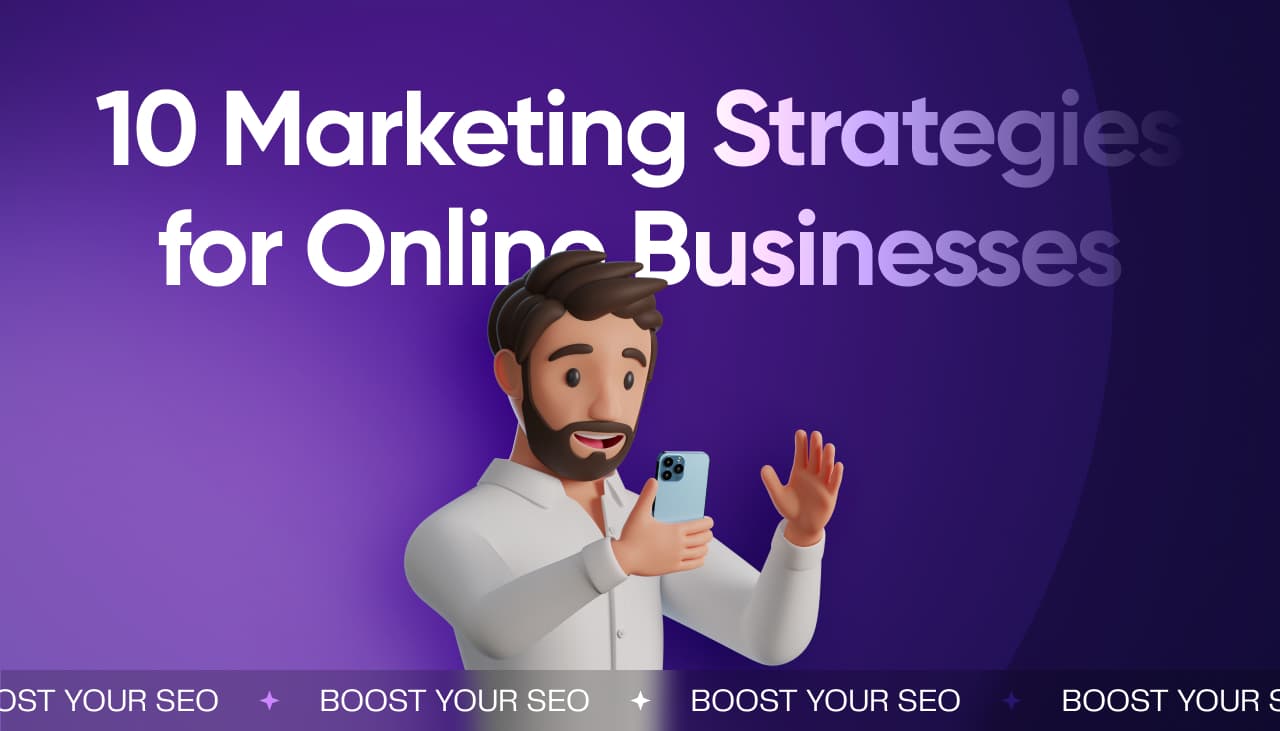










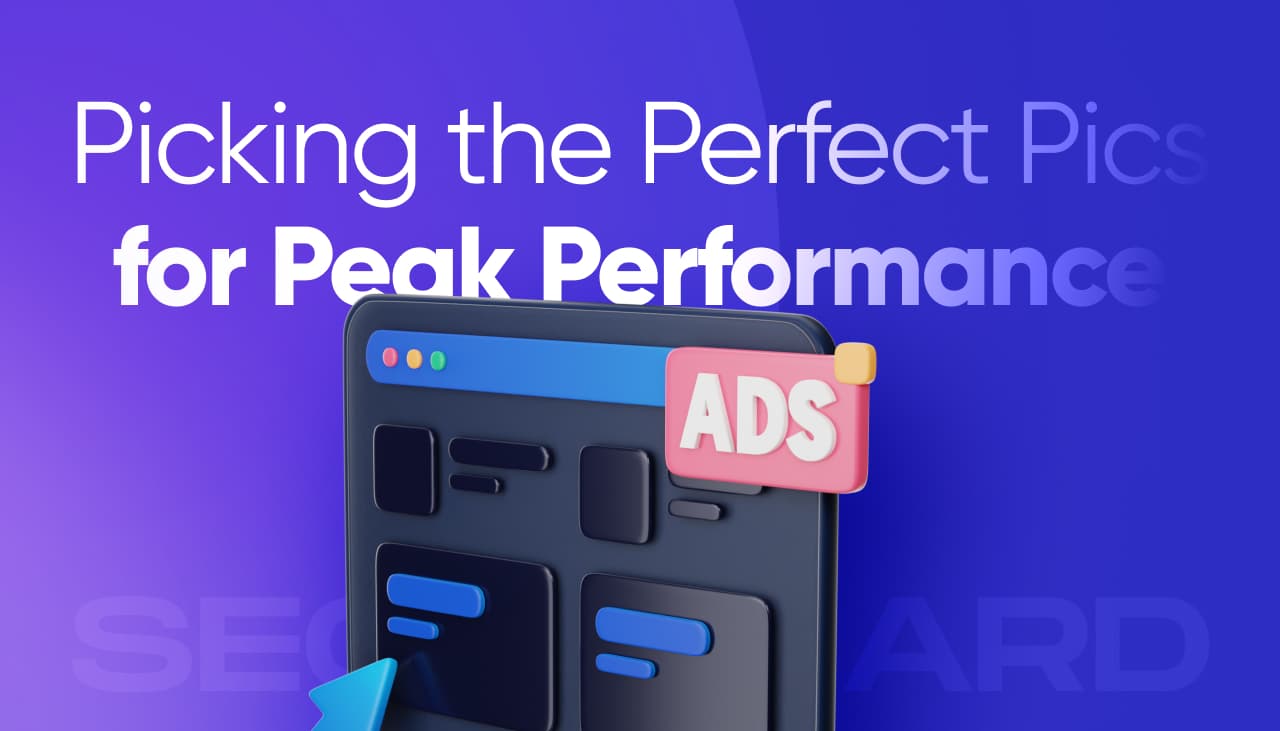

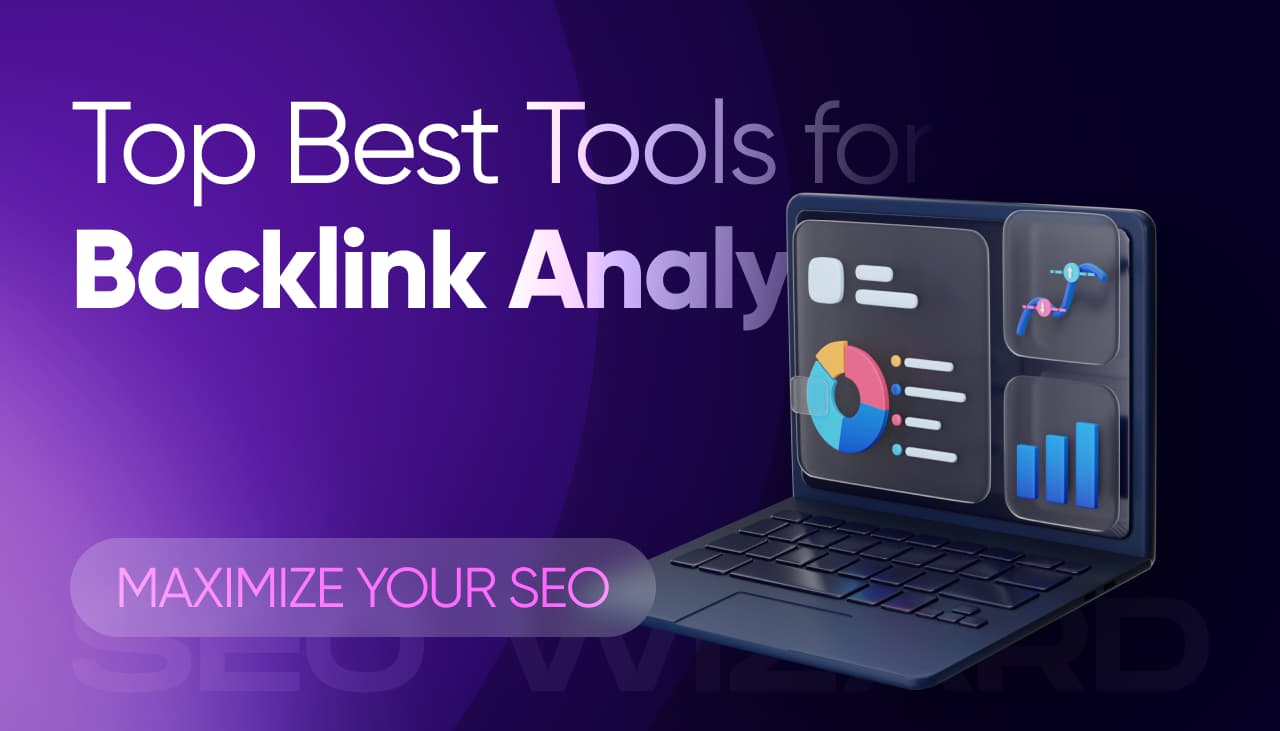
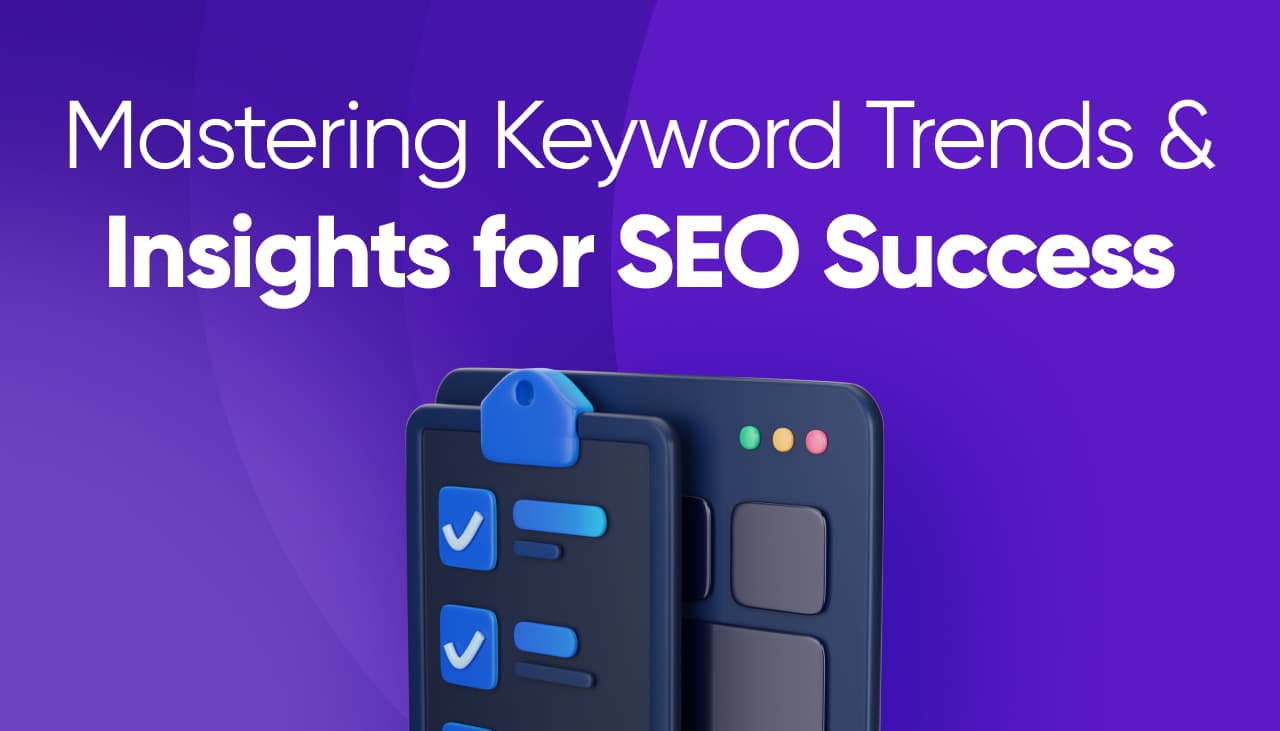

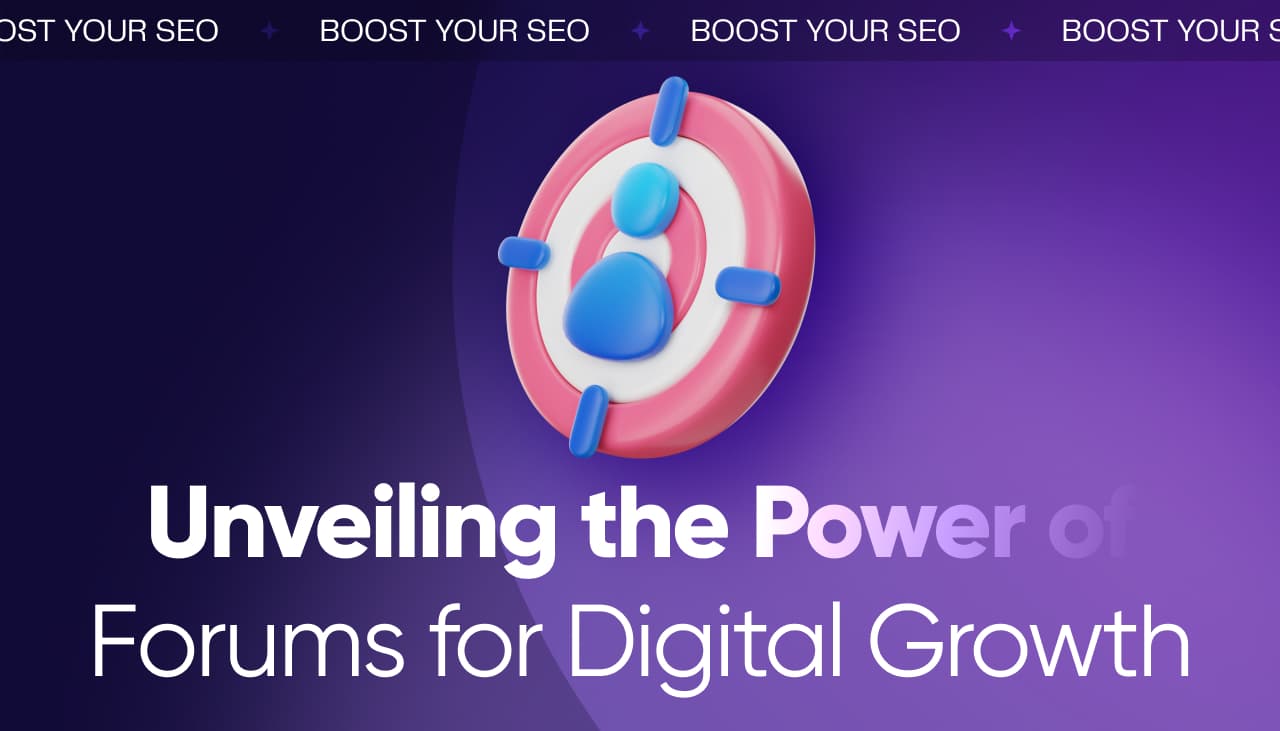
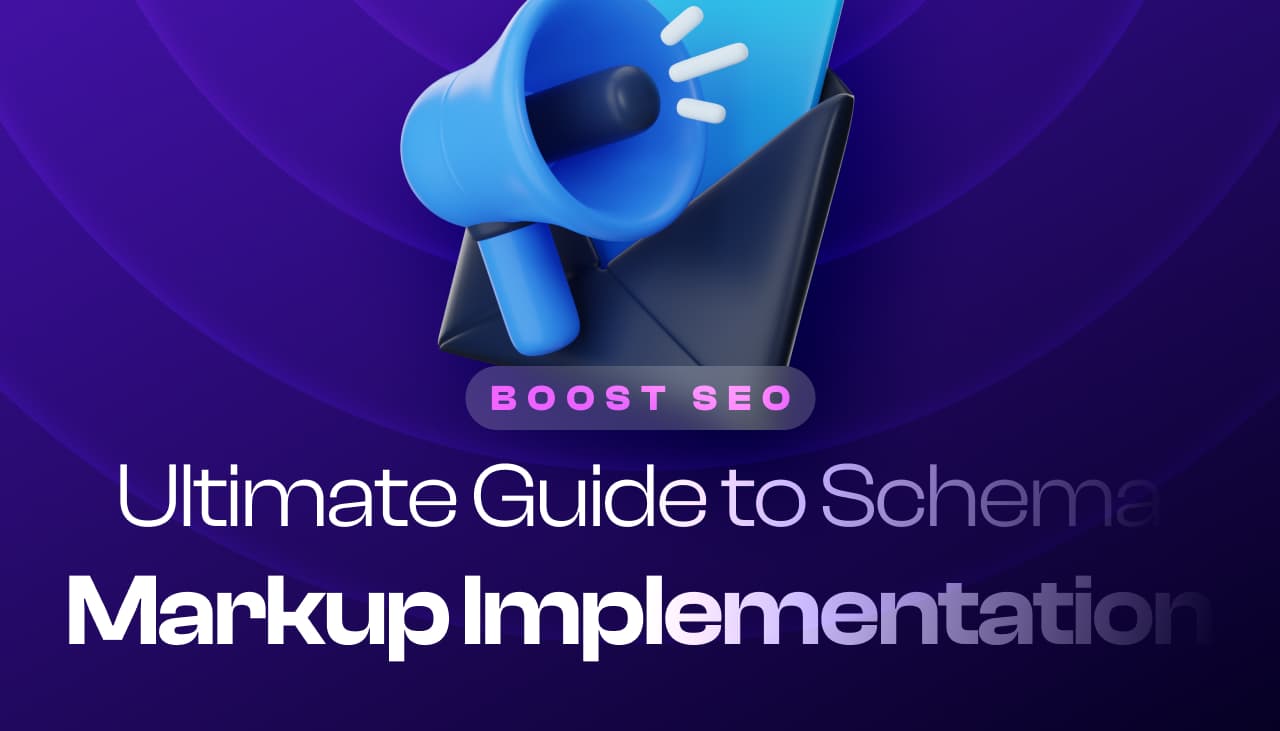
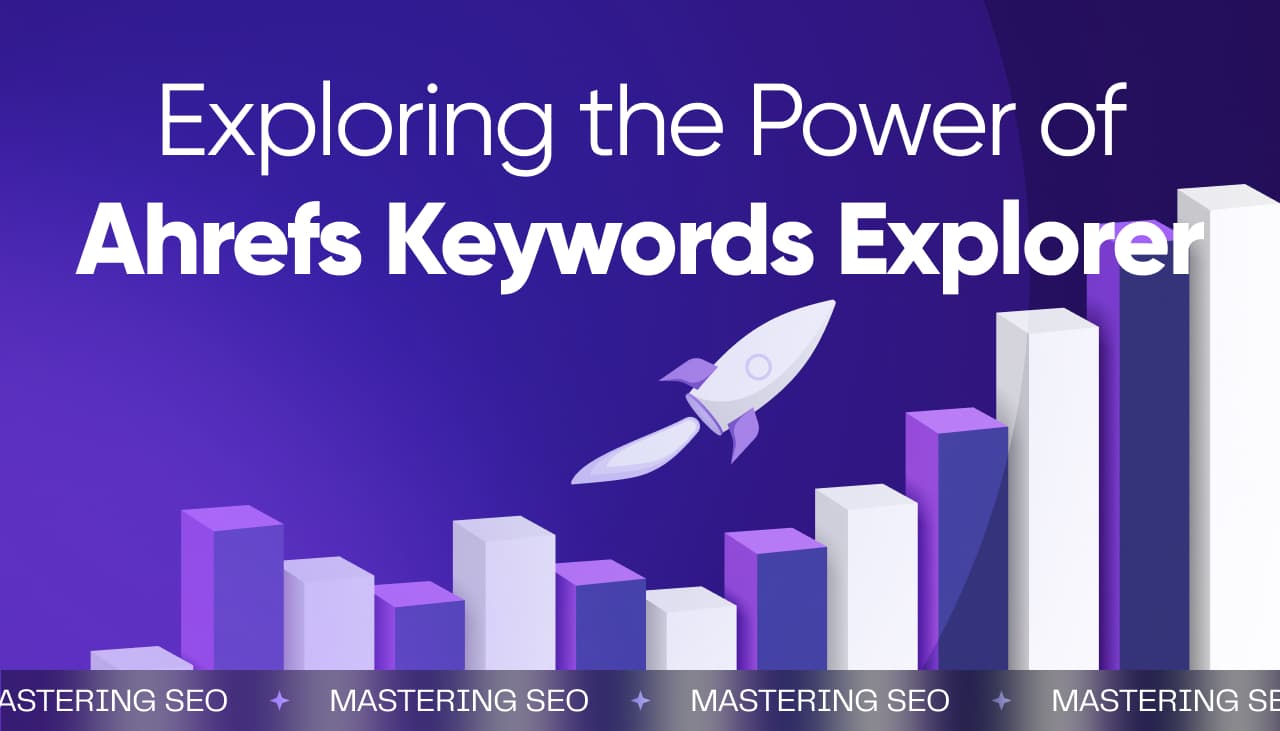

Responses (0 )